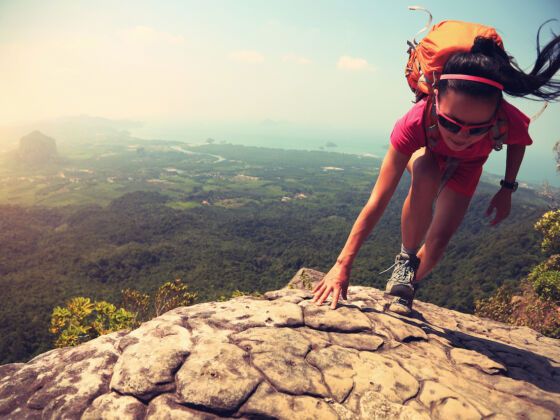If you’ve ever hiked a tough trail or gone on a serious climb through the mountains, then a stomach inspired question likely crossed your mind: What do mountain climbers eat to maintain energy and help their bodies get through the strenuous exercise? The key is in preparation — and, according to professional climbers and mountaineers, plenty of high-calorie food and carbohydrates.
The perfect diet is one that’s tailored to the individual. Still, one version of the ideal food list for mountain climbers, thru-hikers, and your average weekend warrior starts with a carb-heavy dinner and ends with a small high-sugar treat for energy.
Here’s what you should eat while hiking and climbing to improve your performance and stamina, according to certified professionals.
